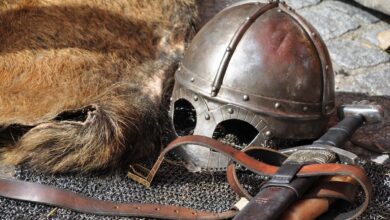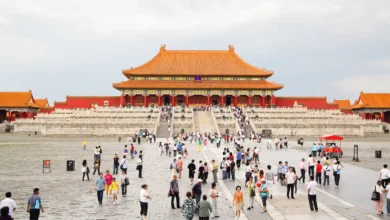History Of Native Americans
The history of Native Americans, Indigenous peoples, has been lived in the area now known as Northeast Ohio since at least 13,000 BC. We don’t know how these communities told their stories or what they called themselves because they left no written records. Archaeologists are able to provide clues about their culture by carefully excavating layers of soil.
Archaeologists can learn what ancient people ate by studying stone tools, pottery fragments, seeds stored in jars, and animal bones. The remains of wooden posts and burned stones provide evidence for hearths and dwellings. More symbolic artifacts indicate the presence of religious beliefs and ritual practices.
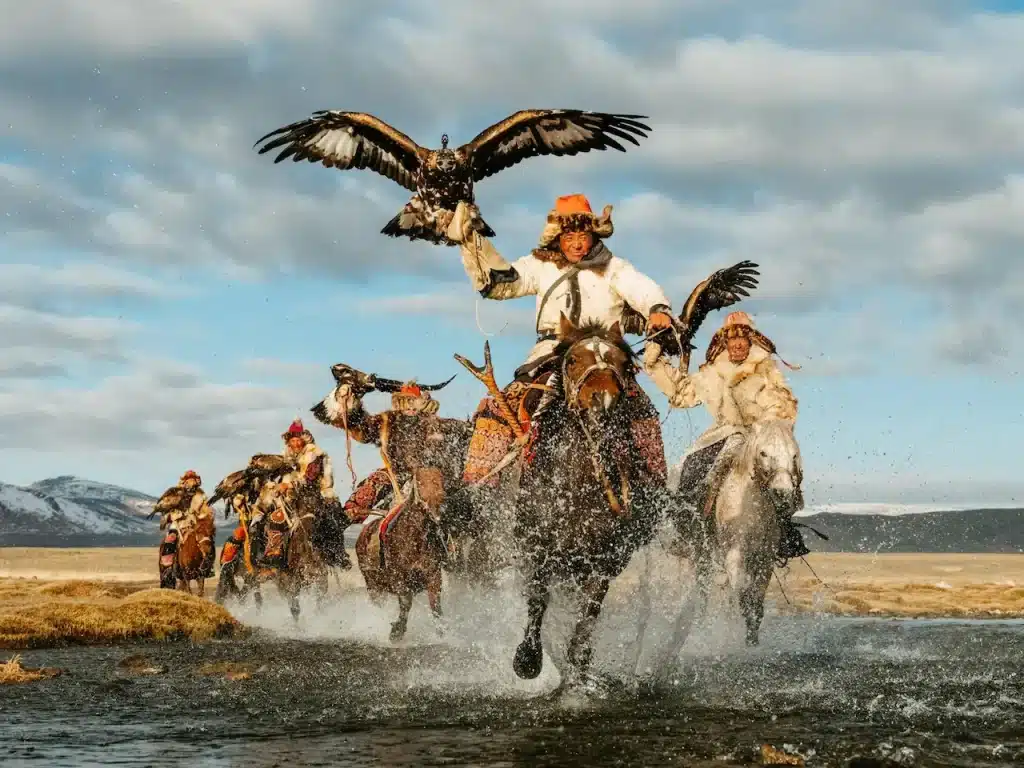
Archaeologists divide prehistoric time in the region into distinct cultural phases, which are defined by changes to artifacts or technologies. These divisions are not necessarily representative of completely different peoples. Over time, it is possible that the same group of people evolved, adapting to changing ideas, technologies and environmental conditions. In some cases, a group may have slowly replaced another. These findings tell a story of resilience, adaptation and deep connection with the land.
Native Americans
Indigenous peoples in the Americas were the first inhabitants of the Western Hemisphere. Their roots can be traced back to pre-Columbian cultures across North, Central and South America, including the Caribbean. Indigenous groups are found throughout the continent. They remain the majority of the population in Greenland, and have significant populations in Bolivia and Guatemala. Over 1,000 Indigenous languages are still spoken, including Quechua and Aymara.
Here are a few Native Americans who continue to preserve their culture today. Some groups have not adapted to the modern world, while others are still isolated and continue to preserve traditions dating back thousands of years.
Native People of the Arctic and Subarctic
In the period between 15,000 and 20.000 years ago, the Bering Strait was crossed by the first peoples into what is today Alaska. Some migrated north to the Arctic and became the ancestors of today’s Inuit. Others moved into Canada’s forest regions, where they formed what we call the First Nations.
Arctic and Subarctic climates are harsh and require a lot of skill and creativity to survive. Native tribes made use of every part of their hunted animals: caribou, polar bear, and sealskin furs, waterproof gear, and smaller furs for socks and boots. These animals were also celebrated through charms, carvings and ceremonial masks.
These communities still found enjoyment in traditional games, even when they were living in a demanding environment. The knuckle hop tested endurance and strength, while the blanket throw sent participants flying into the air to demonstrate agility and balance. These traditions are still practised today, and they serve as powerful reminders of the resilience and celebration of cultures.
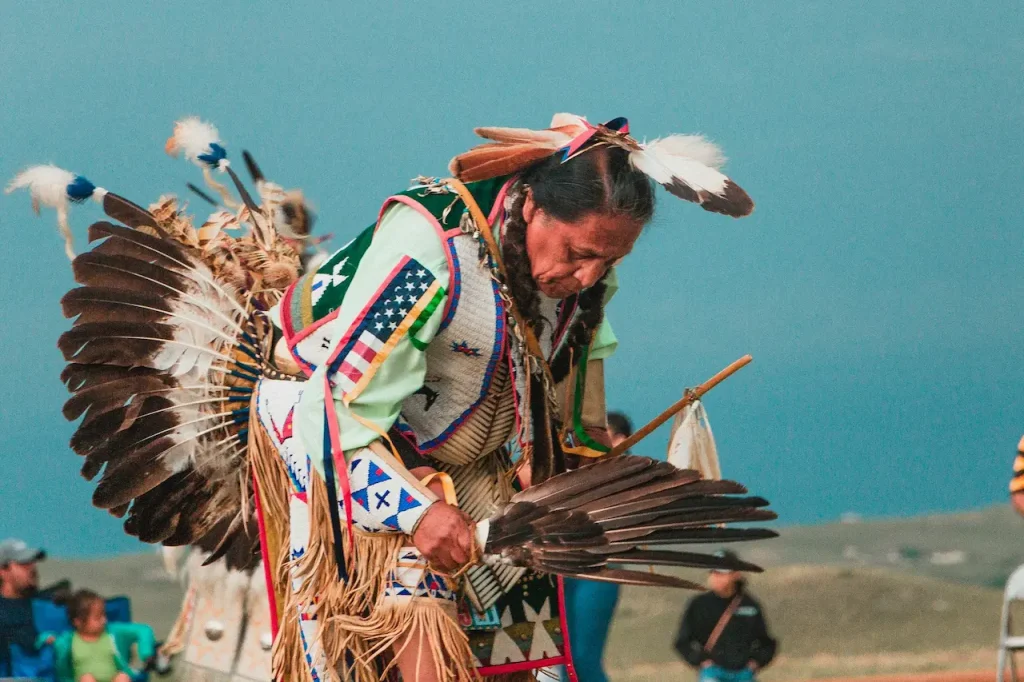
Native People of the American Southeast
Indigenous peoples inhabited the American Southeast, which includes a large part of the Southeastern United States. Although its boundaries are fluid, the majority of scholars define it by the Atlantic Ocean on the east and the Gulf of Mexico on the south. The western border blends in with cultures from the Great Plains, the Southwest and the Northeast. The Southeast and Northeast together are sometimes referred to as the Eastern Woodlands. However, this term is not to be confused with Eastern Woodland Cultures, which refers to prehistoric societies.
The Southeast is home to many rich and diverse Indigenous cultures, which were shaped by land and climate. This region was home to subtropical coastal flatlands in southern Florida. Savannas, floodplains, and prairies were found along the Gulf Coast, the Mississippi River and the inland hills. Before European contact, these environments supported complex political structures, permanent settlements and sophisticated agricultural practices.
Geographically, Southeast can be divided into different ecological zones. The subtropical lowlands in Florida, the fertile floodplains of the north and west coasts, the rolling hills, rivers and forested Piedmont, as well as the rugged Appalachian Highlands. Each zone fostered its adaptations, but they all contributed to the region’s rich cultural and ecological diversity, an enduring legacy left by the Southeastern Indigenous Peoples.
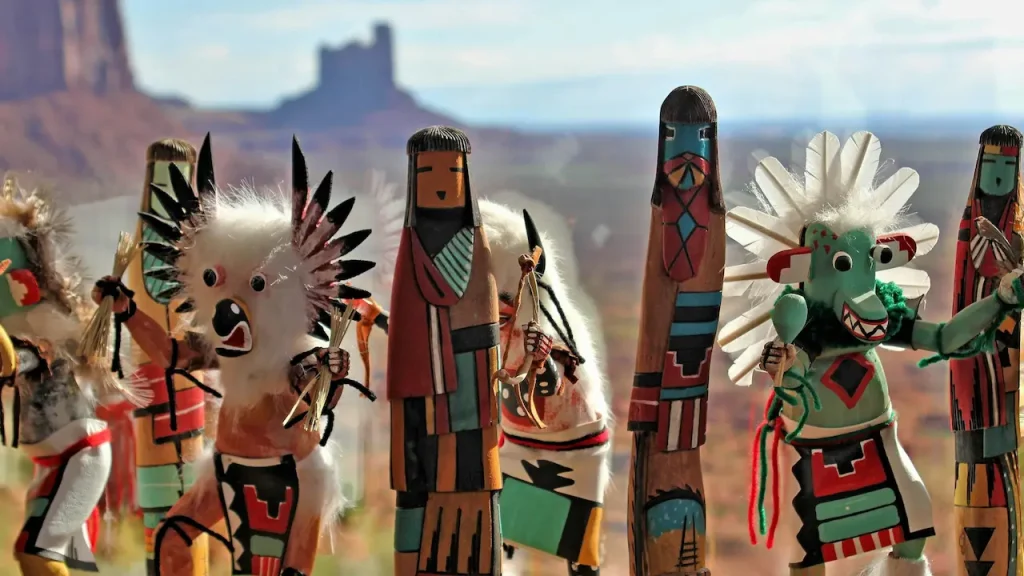
Indigenous Peoples of the Great Plains
The Great Plains, an expanse of arid grassland located between the Rocky Mountains and the Mississippi River, presented a harsh, but resource-rich, environment to the Indigenous peoples that lived there. The limited rainfall caused Native tribes to adapt their farming methods. These groups evolved into two distinct lifestyles that overlapped over time. Some tribes, such as the Blackfoots, Arapahos, and Cheyennes, were nomadic. They followed the seasonal migrations of buffalo herds. They lived in tipis – portable shelters constructed from wooden poles and hides – which allowed them to easily move across the plains.
Some tribes, like the Mandan, Hidatsa and Pawnee, also lived in semi-permanent or permanent villages. They also hunted the buffalo, but they also cultivated crops, established trade networks and created complex societies that were well suited to the challenging environment of this region. Plains cultures had a rich language and ritual. Plains Indian Sign Language was a common form of communication used by many tribes. It served practical and ceremonial functions, such as storytelling and public speech.
Spirituality was a central part of Plains life. The Sun Dance, a multi-day ceremony involving prayer, fasting and sacrifice, was one of the most important ceremonies. The Ghost Dance was a spiritual movement that emerged in the late 19th century, urging ancestral spirits to resist American expansion and restore Indigenous unity. In Plains society, women played a vital role, as they often owned the family home and were responsible for growing crops, cooking food, making clothes, and managing tipis assembly and disassembly. They also ensured survival and cultural continuity through generations.
Native People of the American Northeast
Native American societies were already established in North America when Europeans arrived. Native Americans were not just on horseback or in the Southwest deserts. They had been living all over the continent, including the Northeast. The tribes of the northeast were deeply rooted and permanently settled, which led to frequent conflicts with European colonists as colonisation spread.
Native American tribes were instrumental in shaping the early history of America, from the founding of Jamestown (1607) to the passing of the Northwest Ordinance (1787). Their presence and influence are often ignored in the traditional narratives about English colonisation and the French and Indian War. These events took place on lands occupied by Indigenous peoples for thousands of years.
According to the most widely accepted theory, Native Americans first crossed the Bering land bridge from Asia around 20,000 years ago. These people were living in the northeastern woods long before Columbus. They had complex societies and had settled there. Evidence is limited, but some theories claim that Norse explorers were in eastern Canada before Columbus. As a result, Columbus is still widely credited–though controversially–with initiating European contact with Native Americans in the region.
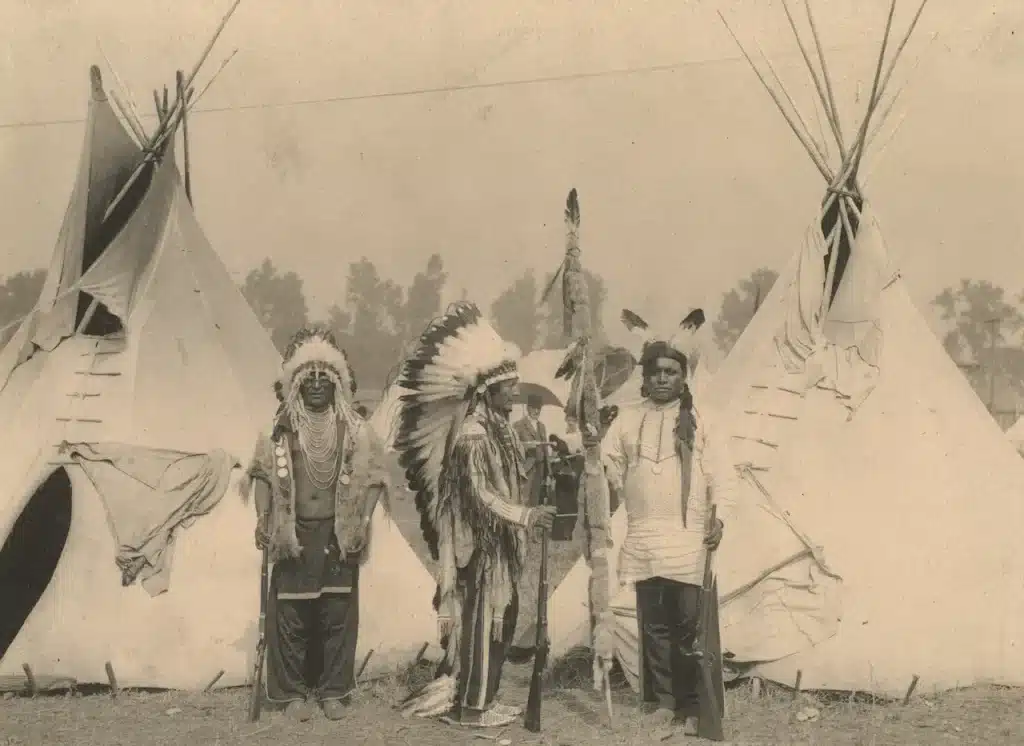
Native Peoples of the Great Basin
Indigenous peoples in the Great Basin, such as the Western Shoshones, Goshutes, Utes, Paiutes, and Washoes, are descendants of groups that have inhabited the area for hundreds or even thousands of years. Early explorers found a variety of distinct tribes with their languages and customs. The harsh and arid climate of the region shaped the lifestyles of the tribes despite their differences.
Great Basin tribes lived in small mobile family groups and hunted, collected, and fished according to the seasons. To meet their nutritional requirements, they relied on jackrabbits and other animals such as antelope, waterfowl, pinenuts, roots, berries, and jackrabbits. Some of them also fished or cultivated small plots when the conditions permitted. These communities were far from primitive and adapted to their environment by using their knowledge of the landscape. These communities were also skilled artisans, creating intricate baskets, jewellery and pottery while maintaining rich oral traditions.
Early settlers viewed their lack of material possessions as a sign that they were poor, but the truth was quite different. Nomadism was not the result of poverty, but rather a highly developed adaptation to a harsh environment. Linguistically speaking, the majority of Great Basin tribes are Numic speakers, while Washoe belongs to the Hokan language family. These connections between languages help anthropologists to trace the relationships between tribes, as well as reveal long histories of migration and resilience.
Native American Cultures
The Indigenous Peoples of North America have lived in harmony with their land for thousands of years. Each region has its own unique culture, technology, and way of life. Anthropologists developed the concept of “culture area”, a framework for grouping Indigenous societies based on shared environmental conditions and cultural traits. This system, which was first introduced in the early twentieth century, remains one of the most useful tools for studying Native American history. These cultural areas, whether through the intricate woodworking and salmon fishing on the Northwest Coast or the constructions of desert dwellings in the Southwest, reveal the deep connection Indigenous communities had with the world around.
Ten primary cultural areas are recognised across the continent: the Arctic and Subarctic, the Northeast, Southeast, Southwest, Great Basin, California Plateau, Northwest Coast and Plains. Scholars have merged regions such as the Northeast with the Southeast to form the Eastern Woodlands or the Plateau with the Great Basin to create the Intermontane. This series will explore the cultures, languages and environments that define each region, uncovering stories from prehistoric to post-Columbian times. This series explores the rich and complex culture of Native Americans, told through their land, people, and legacy.
Conclusion
Understanding the Indigenous Peoples of the Americas reveals that they were not only the original inhabitants of the Western Hemisphere, but also the resilient guardians and preservers of their diverse cultures, languages, traditions, and beliefs. Many Native American communities have survived centuries of colonisation and suppression of their cultures. They have maintained their identity, adapted to the changing times and continue to influence the social fabric of the Americas. Their stories are powerful examples of Indigenous strength, survival, and the enduring spirits of Native Americans.



